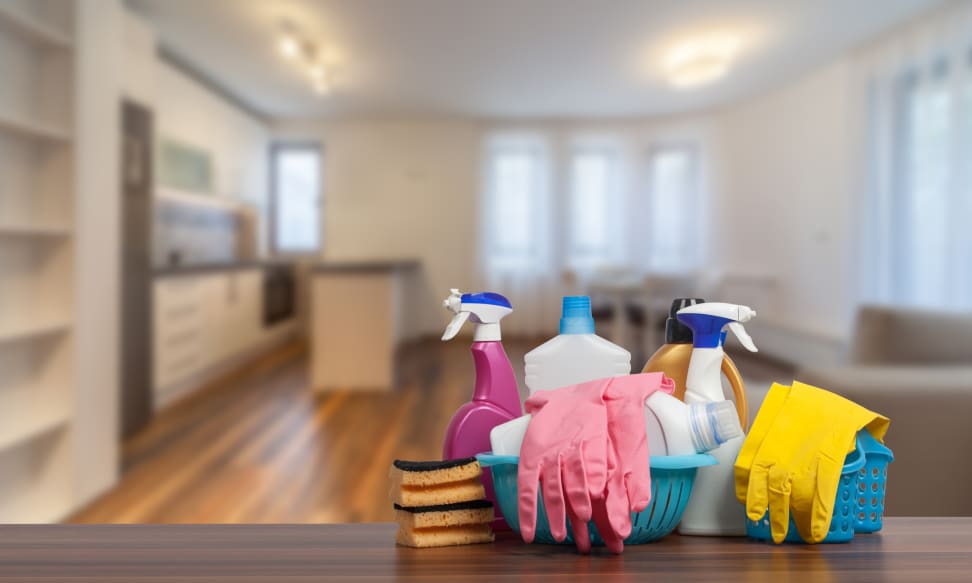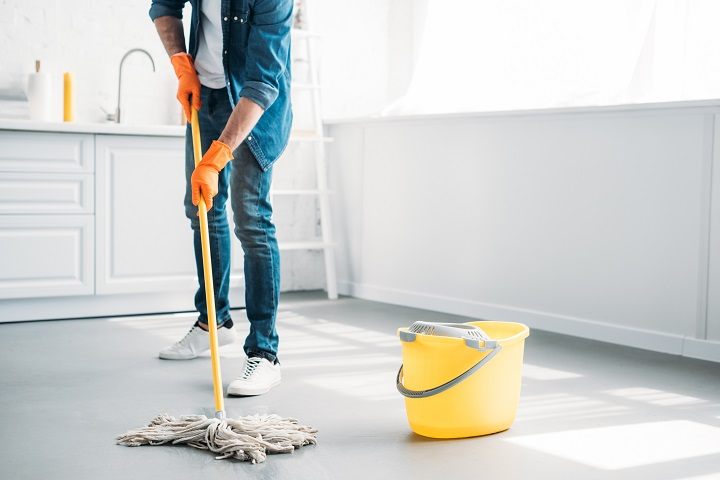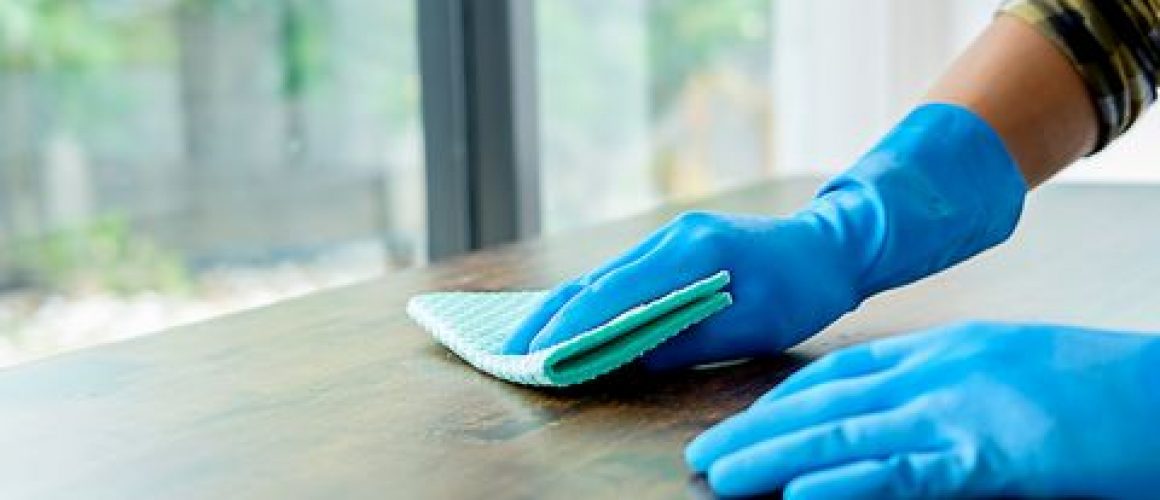The importance of bleach using
To prevent the new coronavirus, many citizens will buy bleach to disinfect and clean their homes. The main component of bleach is sodium hypochlorite, which can degrade the protein of microorganisms and effectively kill bacteria, fungi and viruses. But the original use of bleaching water all have skills, using expired bleaching water, or mixing it with other cleaning agents, not only can not achieve the disinfection effect, but also affect your health at any time! The Consumer Council has prepared 10 cold knowledge on using bleach for you, how to use it properly
1: Will bleach expire?
The Consumer Council’s past investigations found that the main bactericidal component of some bleached aquatic products was sodium hypochlorite, which was lower than the stated labelled content. Later, the manufacturer explained that the bleach was unstable, and after a period of time, sodium hypochlorite had a chance to gradually decompose. Although some product formulas will include stabilizers to reduce the decomposition rate of sodium hypochlorite, consumers should pay attention to its production or expiration date before buying bleach. For example, some products will indicate that the shelf life is within 3 years from the date marked on the bottle.

2: What is the difference in bleach concentration?
The Department of Health advises that the dilution of household bleach (1 liter or 0.5 liter solution with 10 ml bleach) is based on the concentration of sodium hypochlorite in bleach water at 5.25%. However, in the past, the Consumer Council tested 22 similar products and found that 15 samples of sodium hypochlorite were below this concentration. So before using, you should first look at the product’s sodium hypochlorite concentration indicator.
Attach a past report: 393 issues of the “Selection” monthly magazine: the concentration of bleach is less than 1 to 99. Is sterilization suspect? For your reference.
3: When is it diluted 1:99 or 1:49?
For example, based on household bleaching water containing 5.25% sodium hypochlorite, properly dilute the bleaching water to achieve the appropriate concentration, as follows:
1 to 99:
For general household cleaning and disinfection, dilute household bleach (ie, mix 1 part of 5.25% bleach with 99 parts of clean water);
1 to 49:
For disinfecting surfaces or objects contaminated with vomitus, feces or secretions: 1 to 49 diluted household bleach (ie, mix 1 part 5.25% bleach with 49 parts clean water);
1 to 4:
Dilute household bleach (i.e., mix 1 part 5.25% bleach with 4 parts water) to disinfect surfaces or objects contaminated by blood spills.

4: How to calculate the dilution?
If the concentration of sodium hypochlorite in the bleach water used is higher or lower than 5.25%, the amount used should be adjusted accordingly.
1. Calculation method: multiple of bleach water = 5.25 ÷ sodium hypochlorite concentration in bleach water.
2. For example, the bleaching water used only contains 5% sodium hypochlorite, and the amount used is 5.25 ÷ 5 = 1.05 times. That is, use 10 ml x 1.05 = 10.5 ml bleach to adjust the concentration.
5: Use bottle caps for bleach?
Don’t be greedy. Use the capacity of the bottle cap to open the amount of dilute bleach. In the past, the Consumer Council survey found that the bottle caps of different brand samples vary widely. For example, the bottle caps for samples below 2 liters range from 8 to 40 ml, with a difference of up to 4 times! As for 2 liters or more, it ranges from 8 to 15 milliliters. It is recommended to use a spoon or measuring cup to accurately measure the amount of bleach water required, or to know the capacity of the bottle caps, and then it is more accurate.
6: Mixing other cleaning supplies improves performance?
Not necessarily! On the contrary, chemical action can cause the oxidizing power of bleach water to be greatly reduced, and there is a chance to lose bleaching and sterilizing functions at any time! For example, mixing acid cleaners or toilet cleaners is more likely to produce toxic gases. Therefore, it is recommended to run out of cleaning agents, rinse with water, and then disinfect with bleach.
7: Anything?
Avoid use on metal, wool, nylon, silk, dyed fabrics and painted surfaces. Except for stainless steel, do not use bleach to wipe metal or soak metal products. In addition, do not mess up high-concentration and undiluted bleach to the water channel to avoid corroding metal pipes, which will cause accumulation and leakage.
8: Pre-set a large amount of bleach?
For effective disinfection, diluted bleach should be used within 24 hours of preparation. The longer the storage time, the more the amount of sodium hypochlorite decomposed.
9: Bulk stock?
It should not be stored in large quantities. Undiluted bleach will release toxic gases in the sun, so it should be stored in a cool, shaded and out of reach of children. In addition, sodium hypochlorite will decompose over time. To ensure its disinfection effectiveness, you should purchase recently manufactured bleach and avoid excessive storage.
10: Be careful when using and storing?
Since bleach will irritate the mucous membranes, skin and respiratory tract, wear appropriate personal protective equipment (such as masks, gloves, eye protection, and rubber apron) when diluting and using bleach, and dilute or use bleach in an airy place. Also avoid contact with eyes. If bleach gets into your eyes, rinse immediately with water for at least 15 minutes and consult a doctor.
Source: 消費者委員會 CONSUMER COUNCIL




